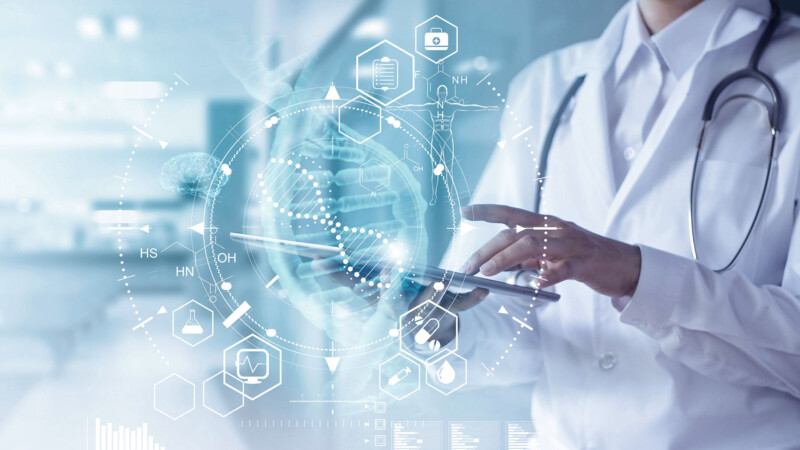End-of-life technology poses significant challenges for businesses across various industries, including security vulnerabilities, performance constraints, software compatibility issues, and reliability conundrums. As technology continues to evolve at a rapid pace, organizations must proactively address these challenges to ensure technological sustainability and maintain a competitive edge in the market.
Security Vulnerabilities
One of the key challenges of end-of-life technology is the heightened security vulnerabilities it presents. Outdated systems and software are often more susceptible to cyber attacks, data breaches, and other security threats. Business enterprises must prioritize security measures to mitigate these risks, such as implementing robust cybersecurity protocols, conducting regular security audits, and investing in advanced threat detection technologies.
Performance Constraints
Outdated technology can lead to performance constraints that hinder operational efficiency and productivity. Aging hardware and software may struggle to meet the demands of modern business processes, resulting in slow system performance, frequent crashes, and downtime. To address this challenge, businesses should consider upgrading their technology infrastructure, optimizing software applications, and leveraging cloud-based solutions to enhance scalability and performance.
Software Compatibility
Maintaining software compatibility becomes increasingly complex as technology reaches its end of life. Newer applications and systems may not seamlessly integrate with outdated infrastructure, leading to compatibility issues and interoperability challenges. Businesses must carefully evaluate their technology stack, prioritize system compatibility, and consider adopting flexible, cross-platform solutions to mitigate the risks associated with software incompatibility.
Reliability Conundrums
Running with unsupported technology introduces reliability conundrums that can disrupt business operations and impact customer experiences. Aging hardware and software components are more prone to system failures, data corruption, and service disruptions, which can have detrimental effects on the overall reliability of business processes. Organizations should invest in proactive maintenance, redundant systems, and disaster recovery plans to address this challenge to ensure continuous reliability and minimize downtime.
Navigating the challenges of end-of-life technology requires a strategic approach and proactive measures to address security vulnerabilities, performance constraints, software compatibility, and reliability conundrums.
For over two decades, Pointwest has been partnering with some of the world’s largest and most recognized companies to bridge this challenge. Reach out to us at [email protected] to learn more about how Pointwest can help you prioritize technological sustainability for your businesses and enhance operational resilience, optimize performance, and maintain a competitive edge in the ever-evolving digital landscape.




